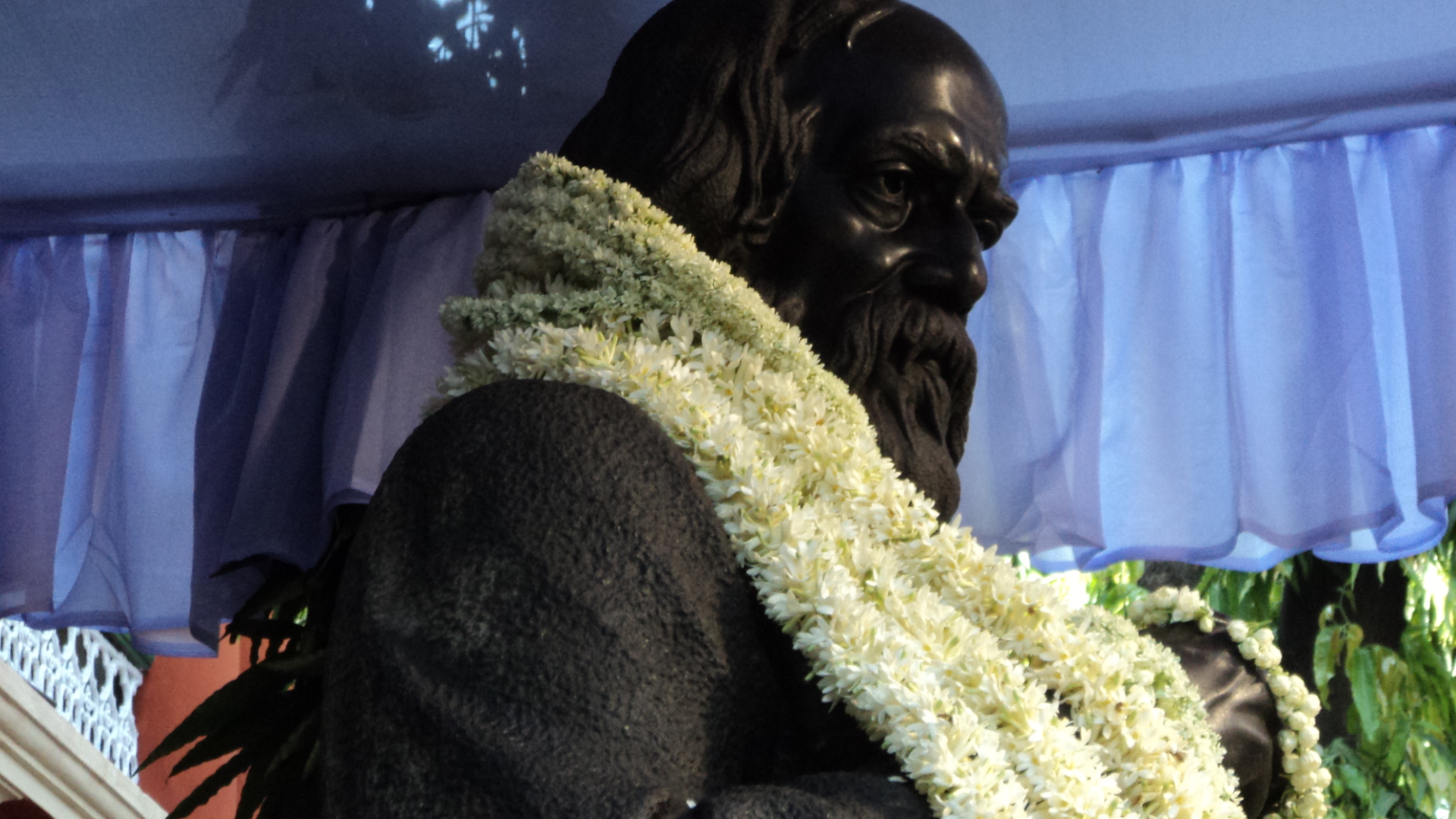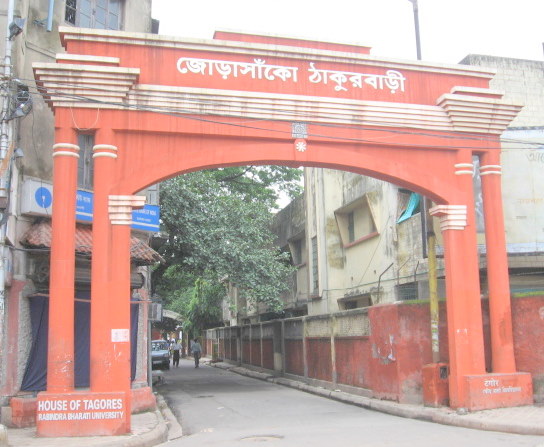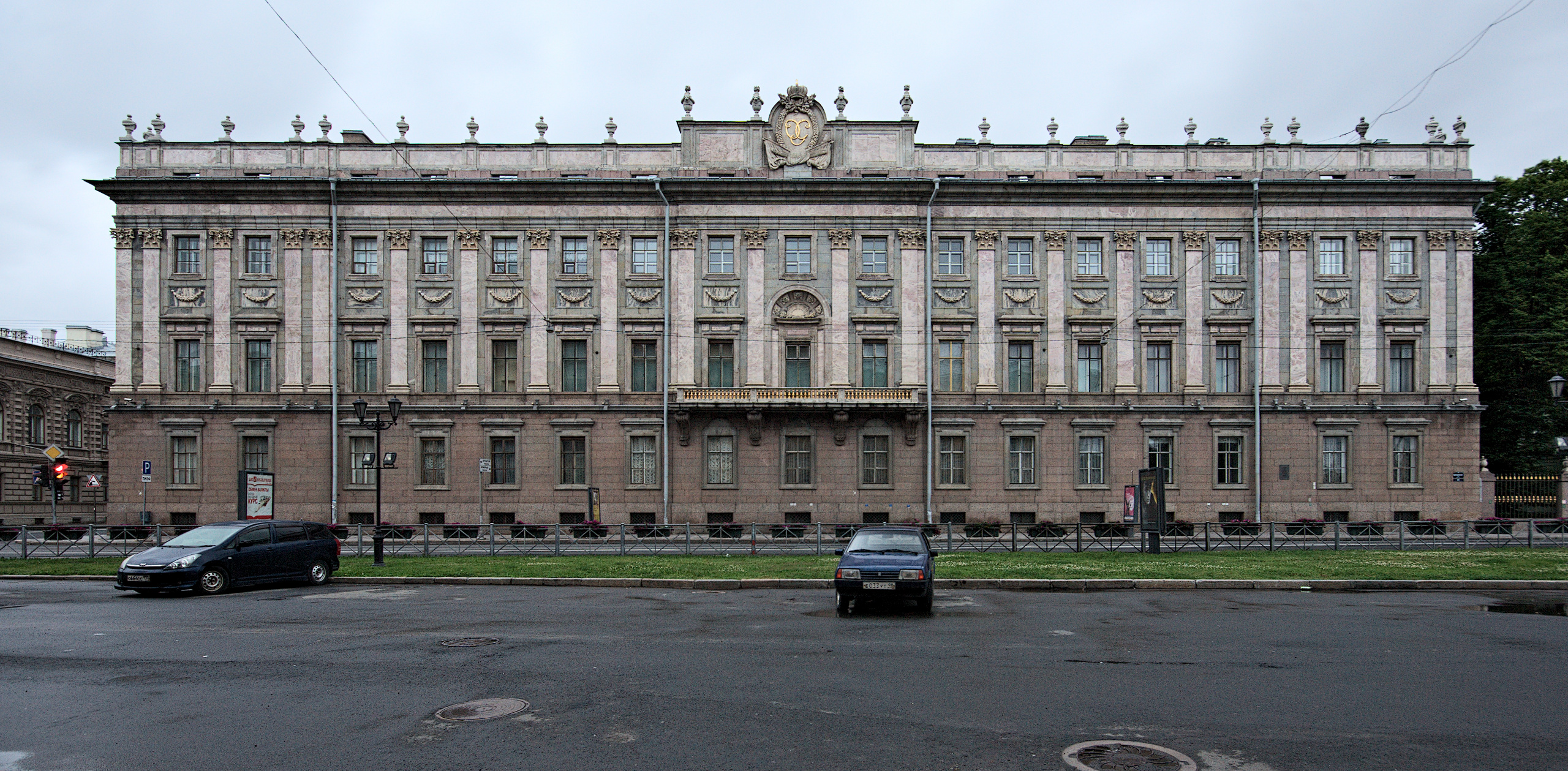Jorasanko Thakur Bari stands as a profound testament to the rich cultural heritage of Bengal, embodying the intellectual and artistic legacy of the illustrious Tagore family. Originally constructed in 1784 by Nilmoni Tagore, this magnificent residence became a crucible of intellectual and artistic innovation that would reshape Indian cultural consciousness.
The architectural marvel reflects a sophisticated blend of traditional Bengali and colonial architectural influences, featuring intricate wooden carvings, expansive verandas, and multiple courtyards that facilitated both private family life and vibrant social interactions. Its three-storey structure, adorned with elegant colonnades and ornate iron panels, represents more than mere construction—it symbolizes the architectural sophistication of 19th-century Kolkata's elite households.
Central to the house's historical significance is its connection to Rabindranath Tagore, born here in 1861, who would become a transformative figure in Indian literature and culture. The residence was not just a home but a dynamic intellectual space where art, literature, and political discourse converged. Family members like Abanindranath and Gaganendranath Tagore significantly contributed to the Bengali School of Art, making this house a crucible of creative expression.
The Tagore family's commitment to the Indian freedom movement was profound and tangible. They provided critical support to revolutionaries, offering shelter, resources, and strategic guidance. Rabindranath Tagore's organizational efforts, including initiatives like Rakhi Bandhan, galvanized public sentiment and strengthened nationalist sentiments during the struggle against colonial rule.
Beyond its political significance, Jorasanko Thakur Bari was a remarkable social hub that connected intellectuals, artists, and business figures. The house hosted countless gatherings that facilitated intellectual exchange, artistic collaboration, and social networking, reflecting the family's expansive social and cultural influence.
Architecturally, the mansion embodied environmental intelligence typical of Bengali residences. Its design incorporated natural ventilation, ample lighting, and spacious layouts that mitigated the challenges of Kolkata's hot and humid climate. The use of red bricks, wooden elements, and strategic spatial arrangements demonstrated a sophisticated understanding of local architectural traditions.
Today, the mansion serves as Rabindra Bharati University, continuing its legacy of cultural and educational excellence. Extensive conservation efforts by the West Bengal government have ensured that this historical landmark remains preserved, allowing future generations to connect with its rich narratives of artistic, intellectual, and political transformation.
The site's ongoing significance extends beyond mere preservation. It represents a living museum of Bengali cultural evolution, where each architectural element and historical artifact tells a story of resilience, creativity, and national awakening. Jorasanko Thakur Bari remains not just a physical structure, but a powerful symbol of India's complex and vibrant cultural journey.






